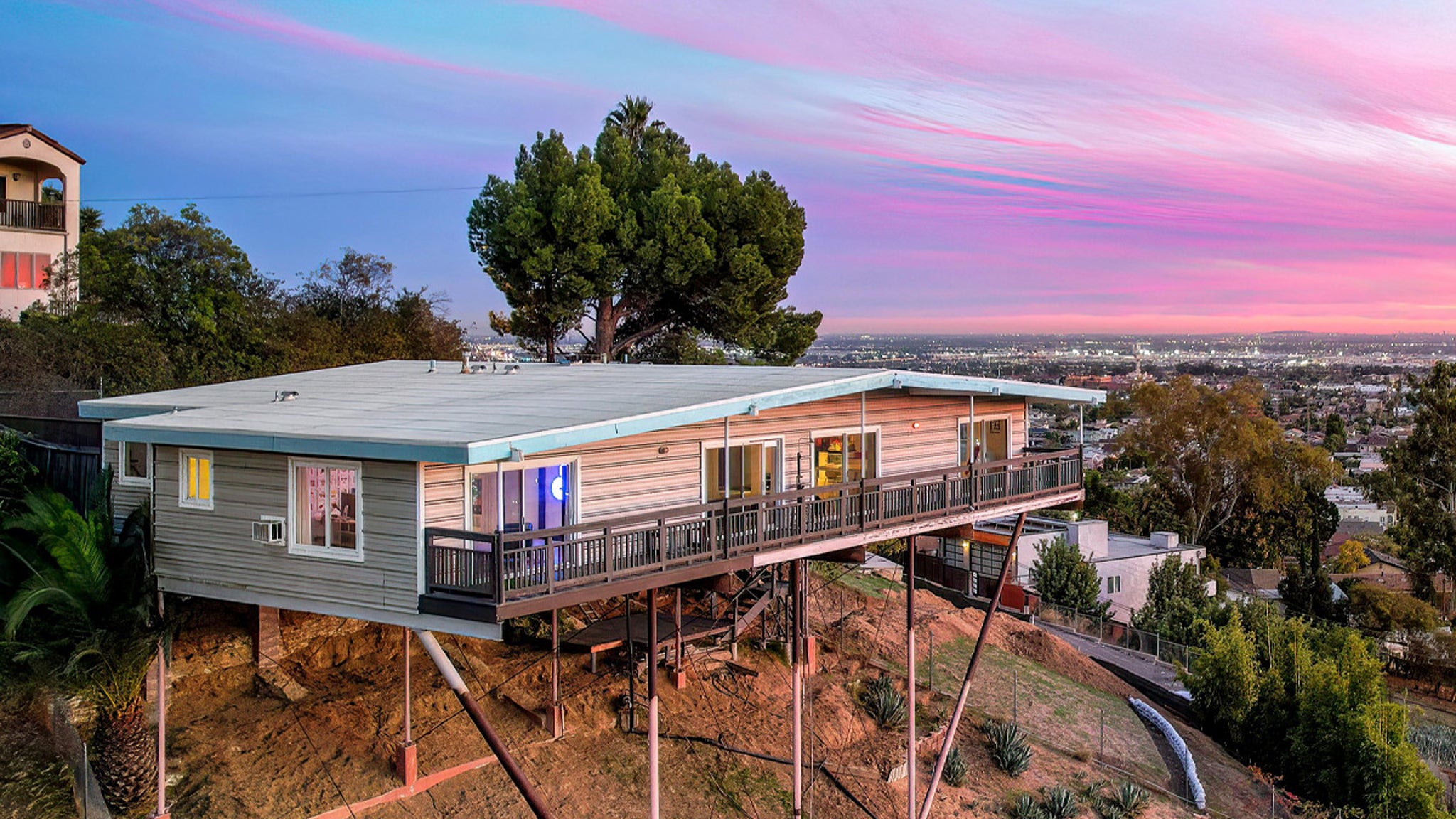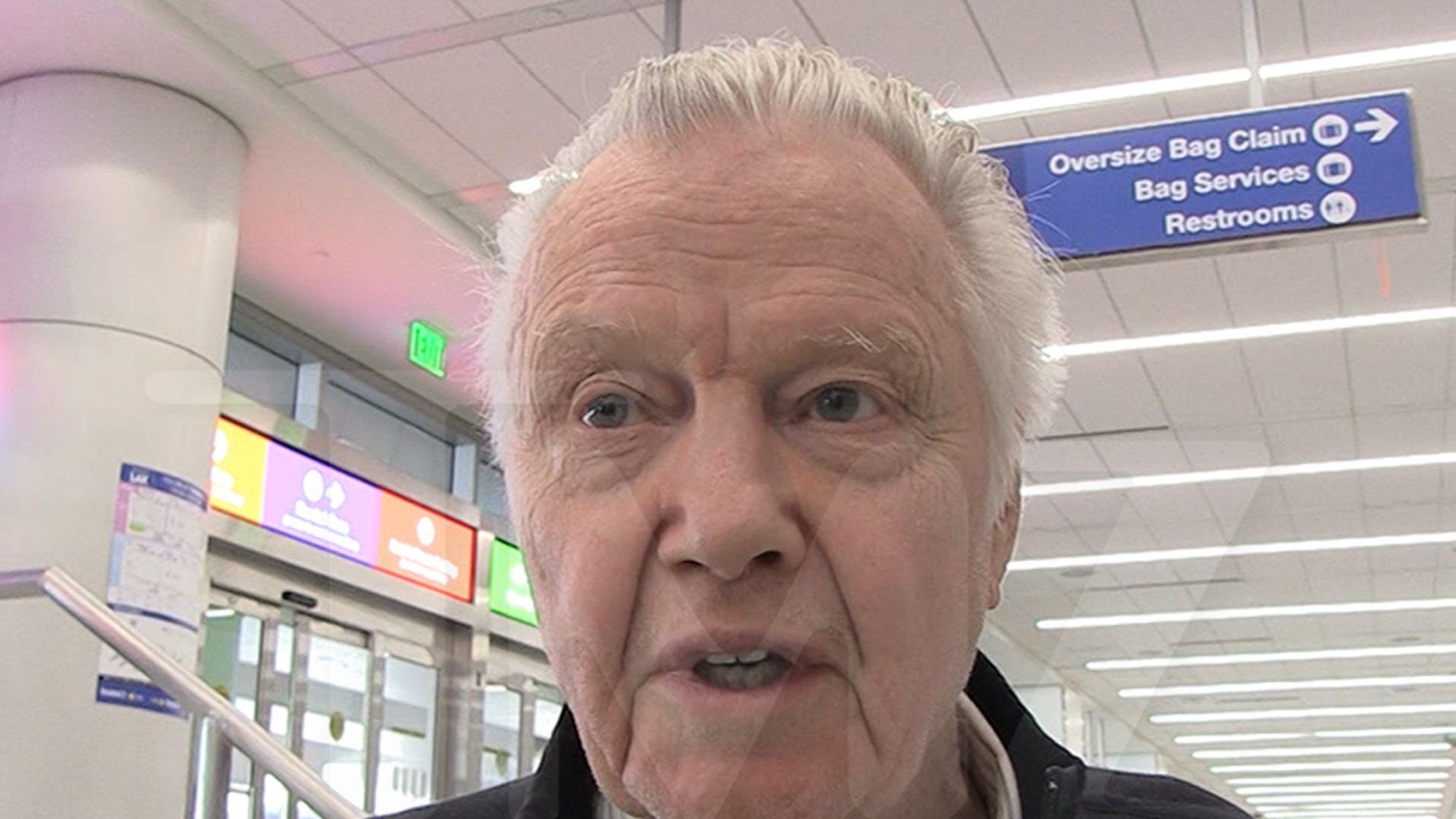Travel
Exploring the Remote Gila Wilderness in New Mexico

On a crisp spring morning, I trusted a horse — a bay named Sino — to show me the vast Gila Wilderness of southern New Mexico. Red rock walls rose beside us as we wove back and forth across a shallow creek separating ponderosa pine on the shady south side of Rocky Canyon from barrel cactus in the cliff crevasses on the desertlike north face. I leaned against his neck as Sino climbed a steep ridge that led to a hilltop savannah of pinyon, juniper and groves of tentacled cane cholla cactus tipped in faded yellow fruit. Surrounding them, forested mountains were unblemished by buildings or roads.
One hundred years after it was named the nation’s first Wilderness Area in 1924, the remote Gila Wilderness seems to fulfill the vision of its founder, the conservationist Aldo Leopold.
“By ‘wilderness,’” Leopold wrote, “I mean a continuous stretch of country preserved in its natural state, open to lawful hunting and fishing, big enough to absorb a two-weeks pack trip, and kept devoid of roads, artificial trails, cottages or other works of man.”
Henry Provencio is a former district ranger for the Forest Service, who, until his recent retirement, managed much of the Gila Wilderness, where pine-covered mountains conceal countless canyons and habitats for wolves, bears and mountain lions. “Here, man is only a visitor,” he said. “Now there are 48 countries in the world with some form of wilderness designation and it all started right here.”
As I discovered over five days, visiting Gila — pronounced HEE-la — is both inspiring and demanding. The wilderness bans conveniences like cars and bridges, limiting most travel to hikers and horseback riders. Roads nearby are slow, making a remote destination more distant. But it’s all by design.
‘People have to want to come here.’
The fast pace of development — tied to the boom in road construction with the advent of automobiles — already concerned Leopold when he came to southern New Mexico in the early 1900s as a Forest Service supervisor. Among his duties was shooting predators such as wolves to protect their prey for hunters.
“He realized killing off all predators caused huge problems in the natural balance of things,” said Steve Morgan, a retired landscape architect who performs as Aldo Leopold in lectures throughout the United States. “He talked about setting land aside as a land lab so we could study it.”
In June, 1924, the Forest Service acted on his proposal, designating hundreds of thousands of acres as the Gila Wilderness. Over the years, the boundaries have shifted and now two adjacent wilderness areas roughly cover its original footprint. The larger, nearly 560,000-acre Gila Wilderness kept the original name beside the neighboring 202,000-acre Aldo Leopold Wilderness. Both are surrounded by the Gila National Forest, a 3.3-million-acre buffer that is less restrictive in terms of access, which includes allowing cars.
The mountainous region can be hard to navigate. I staged my visit with day trips from two towns that border the national forest: tiny Kingston, N.M., about 190 miles southwest of Albuquerque; and Silver City, 45 miles west of Kingston, on a highway so steep and winding that many trucks have to take a 110-mile detour.
“People have to want to come here,” said Maribeth Pecotte, a public affairs officer for the Forest Service, which manages both the Gila National Forest and the Gila Wilderness. “You don’t stumble across it.”
Cliff dwellings and hot springs
The Gila region’s top attraction — the Gila Cliff Dwellings National Monument— is a good place to start exploring. From Silver City, the cliff dwellings are a 90-minute drive north on curvy Highway 15, which winds through the National Forest.
Beginning around 1276, hunter gatherers known as the Mogollon people built a series of 40 rooms into caves among amber-hued cliffs of rock known as Gila conglomerate.
“To me, it’s our church,” said Ronnie Cachini of the Pueblo of Zuni, one of the Pueblo cultures believed to descend from the Mogollon and related people, in a video played at the monument’s visitor center.
I hiked the steep trail of nearly 300 steps to reach the dwellings in time to catch a tour with a park ranger, who described how a drought had likely drawn the Mogollon to the cliffs above a spring-fed creek. Nearby, at the Lower Scorpion Campground, a gallery of pictographs filled a rock wall with abstract figures and symbols, their meanings lost to time.
From the monument, a number of trails venture into the Gila Wilderness, leading to slot canyons and backcountry hot springs. But conditions, including the prospect of fording the swift Gila River in spring, kept me in the front country.
There, just south of the cliff dwellings, I heeded the signs around the rustic pools at Gila Hot Springs Campground to “soak & exhale” amid views of towering cliffs beside the river.
Hiking the buffer zone
After weeks of reporting, I had heard countless tales of lost hikers, encounters with poison oak and arduous river crossings. The road to the Catwalk Recreation Area, which offers relatively convenient access to the wild lands just beyond it, was under construction. The wilderness, it seemed, resisted entry.
That evening, fellow diners at Little Toad Creek Brewery & Distillery in Silver City confirmed my theory and suggested hikes in the neighboring Gila National Forest for wilderness views, drawing maps to get me there.
The next morning, as the sun glinted off frosted tallgrass near the trailhead a few miles north of Silver City, I set out for the roughly 7,200-foot Gomez Peak in the company of garrulous Mexican jays and nervous spotted towhees. Well-marked trails network the area around the base, leading to a roughly mile-long switchback climb to the mountain top where pines gave way to sculptural agave plants, some with 30-foot-high flowering stalks. Northern views framed the Gila Wilderness, including the snowcapped ridge of the Mogollon Mountains rising over 10,000 feet.
Later that afternoon, the staff at Gila Hike & Bike, a Silver City shop that sells hiking maps, suggested a few trails off Highway 15 in the national forest, including Tadpole Ridge.
A 20-minute climb to the ridge revealed uninterrupted forest views, reminding me of some advice Mr. Morgan, the Aldo Leopold expert, had imparted: “Places don’t have to be designated wilderness to still get the essence of what it is.”
Exploring on horseback
On my final day, I joined two Forest Service employees on an exploratory ride into the Gila Wilderness at Rocky Canyon.
As wilderness managers, the Forest Service relies on a stable of horses and mules run by the department’s head wrangler, Zackary Law, to supply seasonally staffed fire towers and transport trail maintenance crews. Mr. Law saddled up Sino as he introduced me to Eileen Henry, a fish biologist and experienced rider who works with Mr. Law to carry camping gear and scientific instruments into the wilderness when she needs to sample the genetics of isolated populations of Gila trout.
Riding from a forest trailhead into the wilderness, we immediately flushed out two coyotes. Mr. Law identified mountain lion prints in sandy washes, wolf scat on the trail and a pine tree denuded of its bark by bears searching for the acorns that woodpeckers had stashed there.
Traversing climates from alpine to desert, we encountered intriguing caves and naturally stacked boulders seemingly poised to tumble and sure to be social media selfie magnets were they more accessible.
“That’s how a lot of the Gila is, you ride up into desert and down to river bottoms and dense pine woods,” said Mr. Law, whose encyclopedic knowledge of the Gila’s flora and fauna has been honed by putting in over 1,000 miles in the saddle each year.
Among smaller wonders, we spotted a foraging pair of Montezuma quail with distinct polka-dot breasts, puzzled over an elk jawbone and briefly captured a charismatic horned toad — a kind of lizard — during the nearly eight-hour, 10-mile ride.
On my way back to Silver City, I stopped at Open Space Brewing, a new brewery that has a following among outdoor lovers. At the bar, I shared my effort and thrill in reaching the wilderness with Molly Gibson, 31, a local teacher and avid hiker.
“That’s what makes it good,” she smiled. “It’s hard to get to.”
If you go
The primary gateway to the Gila Wilderness, Silver City has several hotels, including the downtown Murray Hotel, which traces its history to 1938 (from $129, including breakfast). About 10 minutes north, the upscale Bear Mountain Lodge offers hiking trails on its 178-acre property next to the national forest (from $180, including breakfast).
Near the Gila Cliff Dwellings, the Gila Hot Springs Campground has campsites for $12 a person, a night, including access to the springs. Day use of the springs for nonguests costs $8. Wolfhorse Outfitters offers horseback rides and pack trips in the national forest (from $100).
To the southeast of the Aldo Leopold Wilderness, the nine-room Black Range Lodge originally housed miners in the 1880s and now offers music retreats and stargazing parties (rooms from $120, including breakfast).
Elaine Glusac is the Frugal Traveler columnist, focusing on budget-friendly tips and journeys.





























